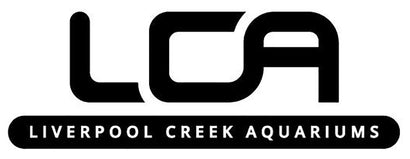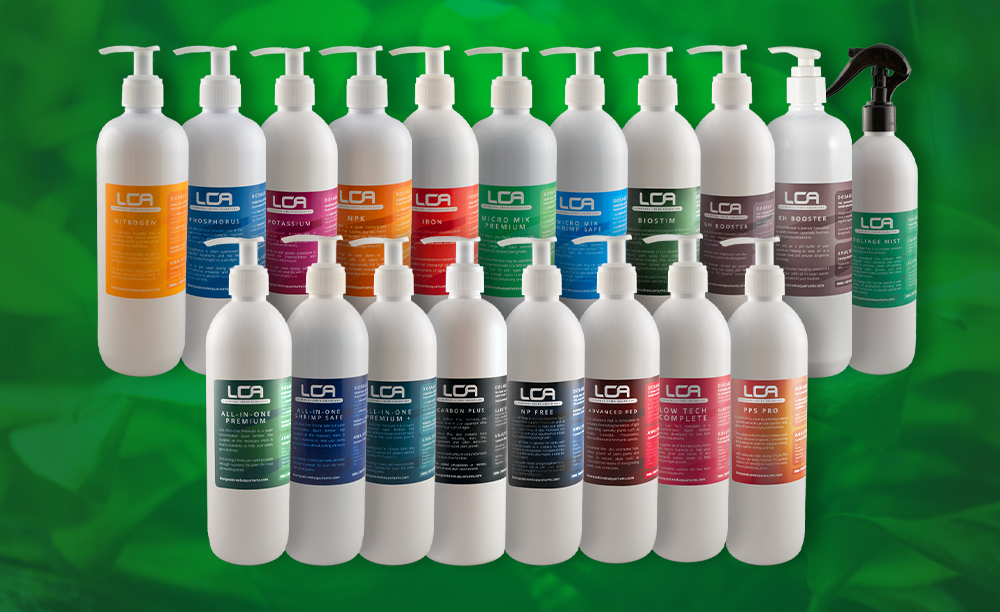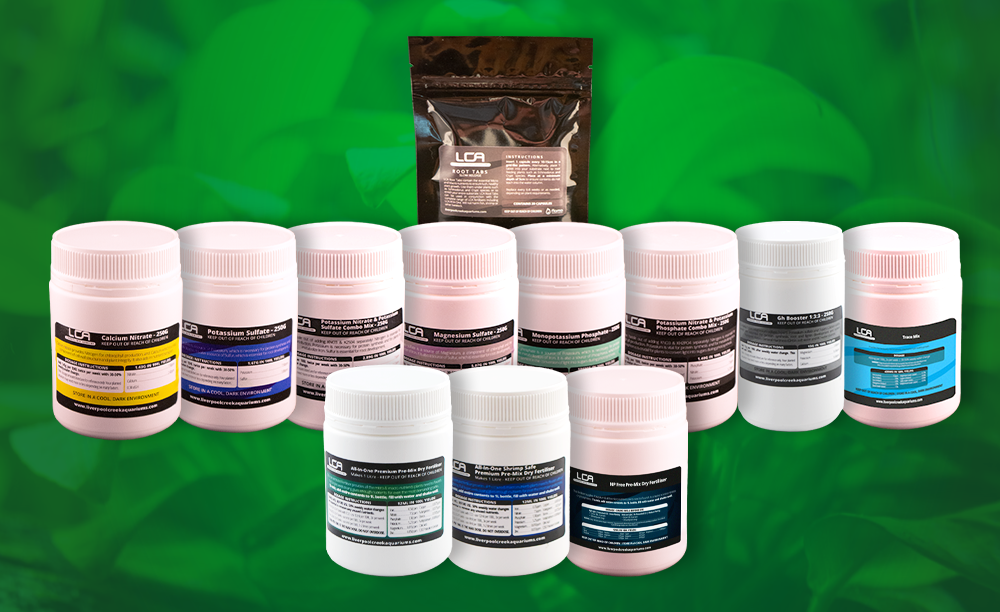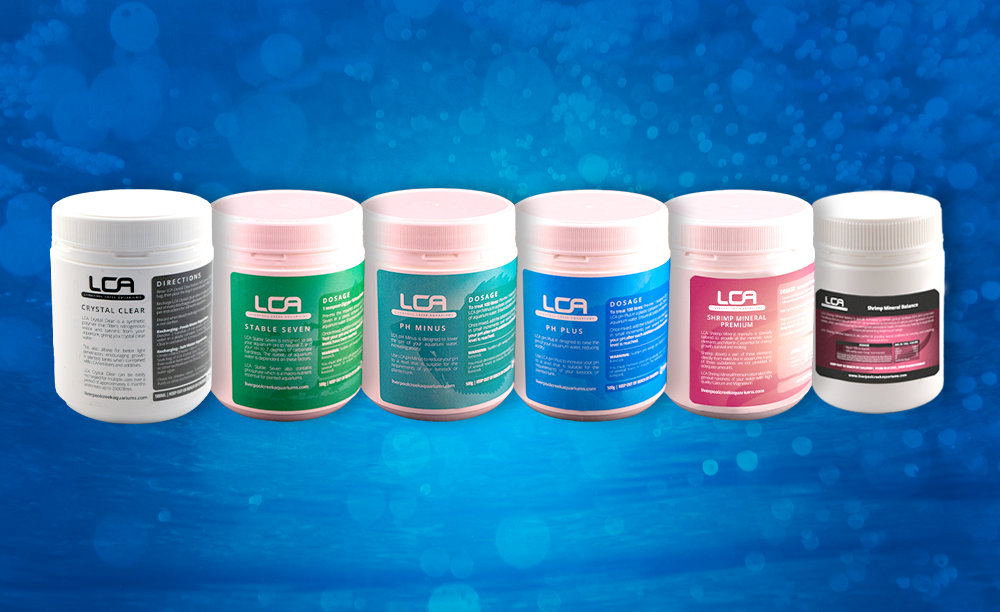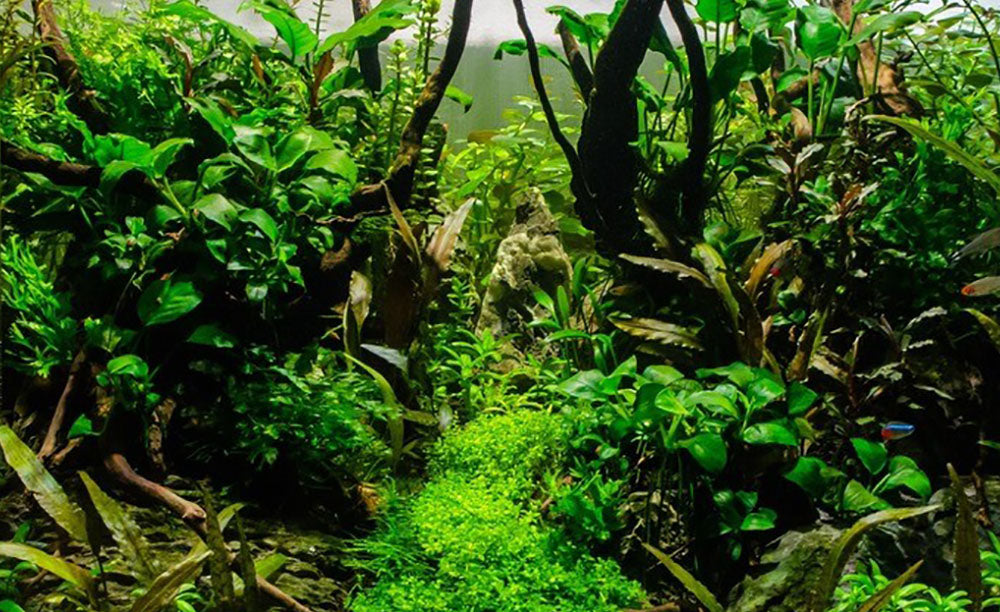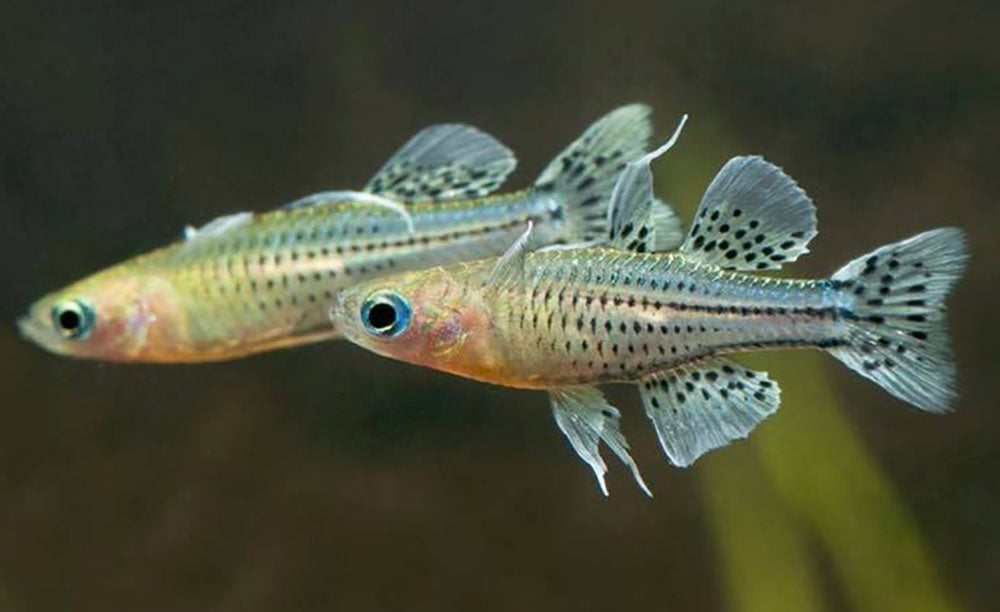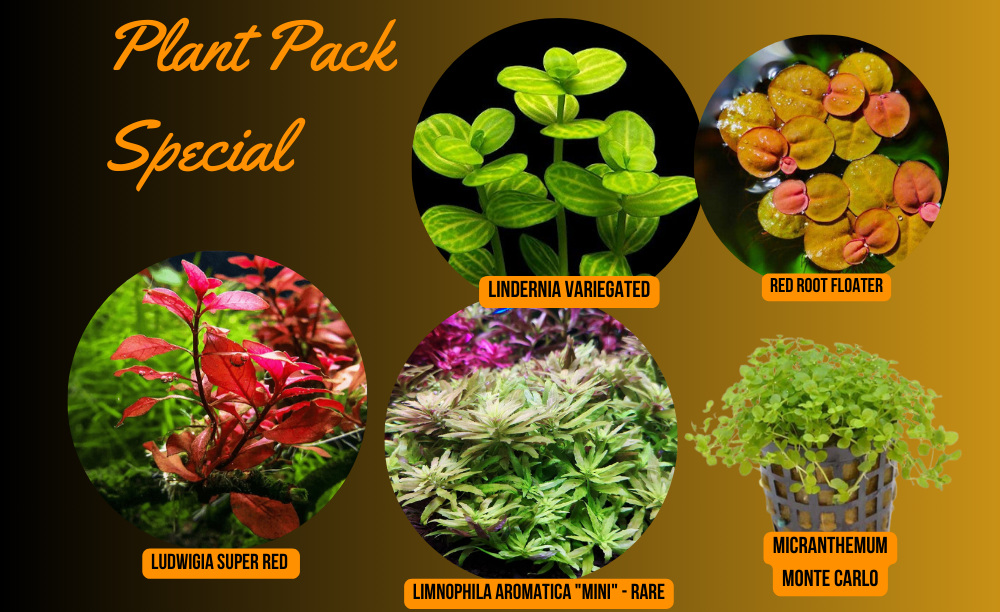Your Cart is Empty
*******FREE SHIPPING FOR ORDERS OVER $200*******
submit your order by 11.59 am Sunday morning for same week delivery
*******FREE SHIPPING FOR ORDERS OVER $200*******
submit your order by 11.59 am Sunday morning for same week delivery
Store
SPECIALS / PLANT PACKS
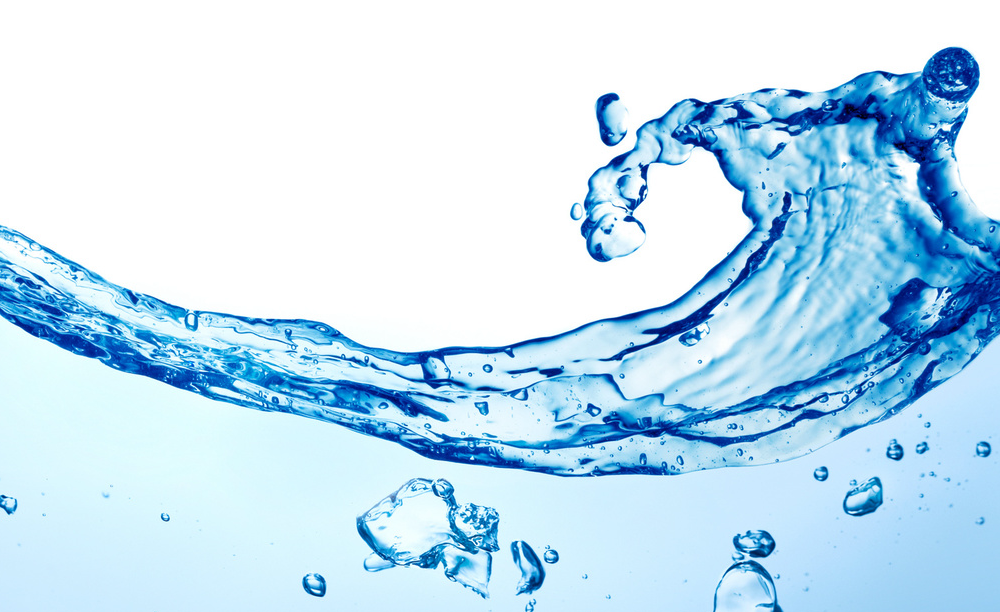
Flow Strength - What’s the right amount – and can you have too much?
3 min read
What’s the right amount – and can you have too much?
Most people will recommend your filtration should have a turnover of around 10x the total volume of your tank per hour. So for example, a 100 litre tank should have a 1000lt/h filter running on it (if not 1200lt/h to make up for filter media/hose length reducing this rate).
This is to ensure good mechanical and biological filtration, providing the best foundation for great water quality. Debris/organics will be more likely to be removed by the filter, and beneficial bacteria in the filter will benefit from the flow. A larger filter also means more filter media, which allows for a bigger bed of bacteria to grow. It’s a win all around!
Many aquariums don’t have this level of filtration, relying on smaller, low-flow filters like HOB (hang on back) filters or underpowered canister filters. The problem with low flow, apart from poor filtration capabilities, is that nutrients and CO2 are not distributed evenly throughout the aquarium. CO2 exists even in low-tech aquariums, just in much smaller quantities.
While good flow is important in any aquarium, some considerations need to be made to ensure problems don’t arise.
So what’s wrong with higher flow?
It depends on how your flow is directed in your aquarium! If you have a narrow outflow directed at your hardscape and plants, they’re getting blasted with pretty intense flow.
A lot of aquarium plants aren’t used to these fast flowing conditions and will get physically stressed, especially those with delicate leaves which can get damaged. The stressed plant is weakened; damaged leaves get less support from the plant and start ejecting organics. Suddenly you have BBA!
The flow starts blowing microscopic bits of BBA around your tank where it looks for stable surfaces to grow on – usually slow growing plants like anubias and also your hardscape (especially driftwood). You’ll usually see it form on the outflow of your filter as well, where it can get all the nutrients it likes.
If your CO2 levels are unstable, the BBA will likely worsen as your plants struggle to adapt to the fluctuating conditions.
Your planted aquarium might be perfectly healthy otherwise, but when plants get stressed they will always attract algae!
So I need good flow - how can I keep the flow but fix the problem?
There are a few easy steps you can take. If you’re using a narrow filter outlet, changing it for one that spreads out your flow can be beneficial. For example, a spray bar or lily pipe will create a wider and therefore more gentle outflow than a single tight stream.
If you can direct the outflow, point it away from plants/hardscape/etc and out into unoccupied space.
If you have slow growing plants, delicate leaves or hardscape being affected by BBA and they’re in the path of your outflow, shift them somewhere else in your aquarium.
Remember, damaged leaves are not going to be repaired by the plant and will be leaking organics. The best thing you can do for the plant is trim off any affected leaves, which will let it focus on new, healthy growth.
Keep up with your fertilisation to make sure all your plants are growing healthy and without stress, and make sure you’re injecting enough CO2. Whether you’re using pressurised CO2 or you have a low-tech system (which still has CO2 in much smaller amounts), you need to make sure your water circulation is adequately dispersing the CO2 throughout your aquarium.
You can keep a high flow rate in your aquarium, just watch where it’s going!
From The LCA Team
Every Solution For Your Aquarium
Most people will recommend your filtration should have a turnover of around 10x the total volume of your tank per hour. So for example, a 100 litre tank should have a 1000lt/h filter running on it (if not 1200lt/h to make up for filter media/hose length reducing this rate).
This is to ensure good mechanical and biological filtration, providing the best foundation for great water quality. Debris/organics will be more likely to be removed by the filter, and beneficial bacteria in the filter will benefit from the flow. A larger filter also means more filter media, which allows for a bigger bed of bacteria to grow. It’s a win all around!
Many aquariums don’t have this level of filtration, relying on smaller, low-flow filters like HOB (hang on back) filters or underpowered canister filters. The problem with low flow, apart from poor filtration capabilities, is that nutrients and CO2 are not distributed evenly throughout the aquarium. CO2 exists even in low-tech aquariums, just in much smaller quantities.
While good flow is important in any aquarium, some considerations need to be made to ensure problems don’t arise.
So what’s wrong with higher flow?
It depends on how your flow is directed in your aquarium! If you have a narrow outflow directed at your hardscape and plants, they’re getting blasted with pretty intense flow.
A lot of aquarium plants aren’t used to these fast flowing conditions and will get physically stressed, especially those with delicate leaves which can get damaged. The stressed plant is weakened; damaged leaves get less support from the plant and start ejecting organics. Suddenly you have BBA!
The flow starts blowing microscopic bits of BBA around your tank where it looks for stable surfaces to grow on – usually slow growing plants like anubias and also your hardscape (especially driftwood). You’ll usually see it form on the outflow of your filter as well, where it can get all the nutrients it likes.
If your CO2 levels are unstable, the BBA will likely worsen as your plants struggle to adapt to the fluctuating conditions.
Your planted aquarium might be perfectly healthy otherwise, but when plants get stressed they will always attract algae!
So I need good flow - how can I keep the flow but fix the problem?
There are a few easy steps you can take. If you’re using a narrow filter outlet, changing it for one that spreads out your flow can be beneficial. For example, a spray bar or lily pipe will create a wider and therefore more gentle outflow than a single tight stream.
If you can direct the outflow, point it away from plants/hardscape/etc and out into unoccupied space.
If you have slow growing plants, delicate leaves or hardscape being affected by BBA and they’re in the path of your outflow, shift them somewhere else in your aquarium.
Remember, damaged leaves are not going to be repaired by the plant and will be leaking organics. The best thing you can do for the plant is trim off any affected leaves, which will let it focus on new, healthy growth.
Keep up with your fertilisation to make sure all your plants are growing healthy and without stress, and make sure you’re injecting enough CO2. Whether you’re using pressurised CO2 or you have a low-tech system (which still has CO2 in much smaller amounts), you need to make sure your water circulation is adequately dispersing the CO2 throughout your aquarium.
You can keep a high flow rate in your aquarium, just watch where it’s going!
From The LCA Team
Every Solution For Your Aquarium
Subscribe
Sign up to get the latest on sales, new releases and more …
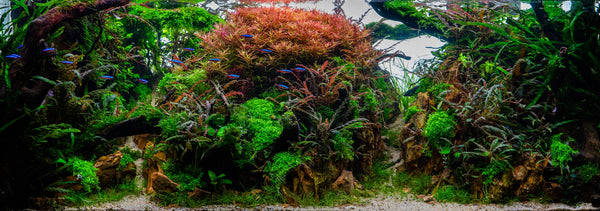
Join Us
Join our Facebook group and benefit from the knowledge of
Australia’s largest community of planted aquarium enthusiasts!
